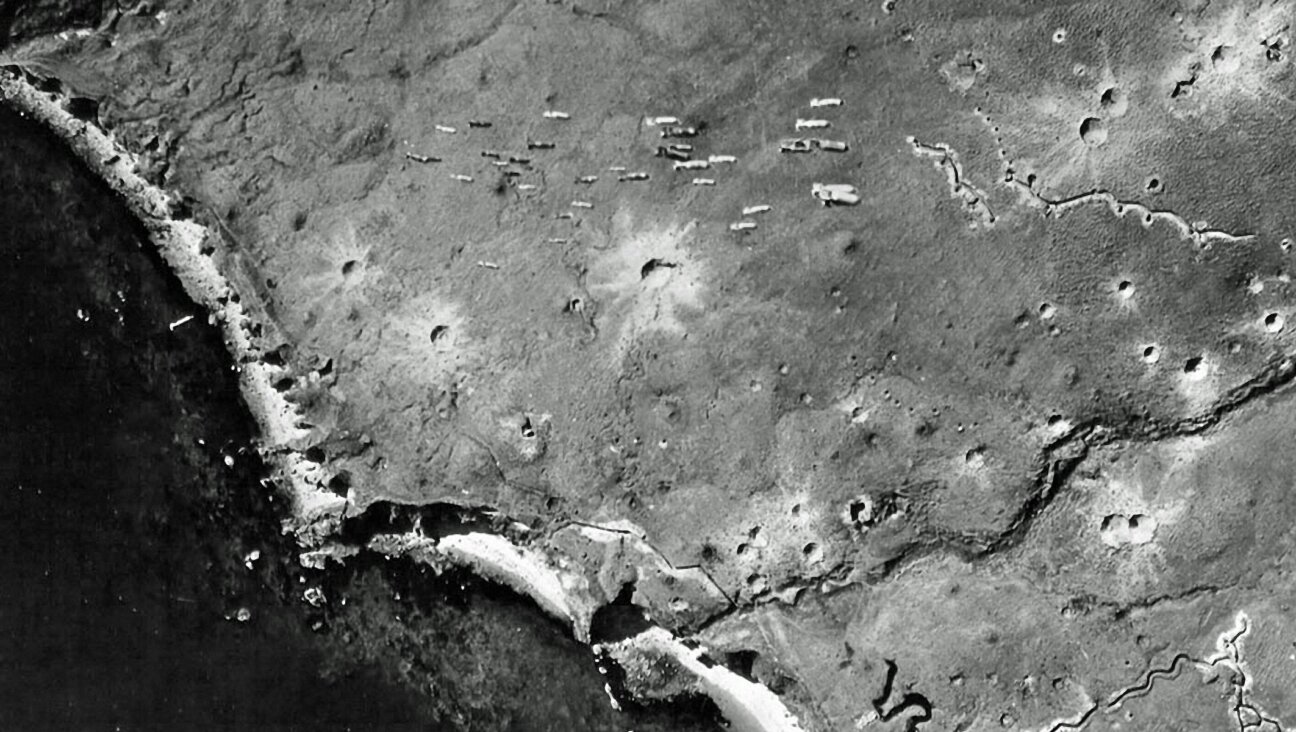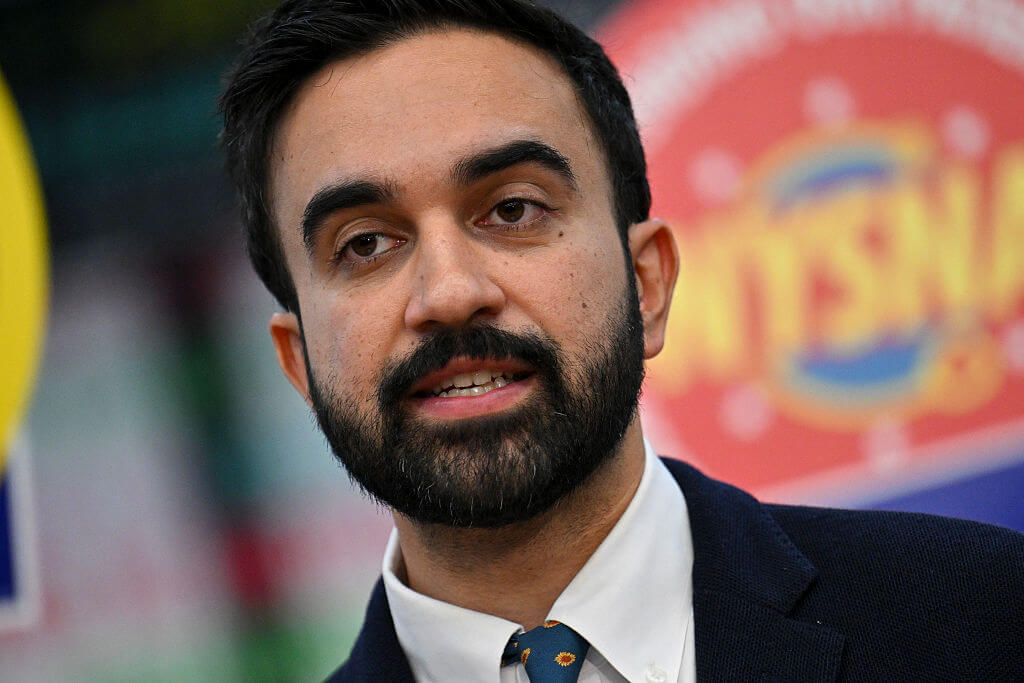Lithuania Mayor Dismantles Soviet-Era Building Made From Jewish Headstones

Graphic by Angelie Zaslavsky
(JTA) – The municipality of Vilnius in Lithuania began dismantled a Soviet-era structure made of Jewish headstones.
Vilnius Mayor Remigijus Šimašius removed the first stone from the structure housing an electricity and heating generator on Olandų Street Wednesday, the mayor‘s office said in a statement.
The generator was built by the Soviet authorities of Lithuania between 1965-1968, when it was part of the Union of Soviet Socialist Republics, or USSR. The headstones had been removed from a Jewish cemetery on Olandų Street.
“After 26 years as an independent country it is now the time to remove these stones, which are a clear mark of disrespect to our Jewish community,” said Šimašius. “The stones will be removed from the generator and moved to a memorial, which will be built on Olandų Street with the cooperation of Vilnius’ Jewish community.”
Vilnius Municipality also confirmed that the smaller fragments of the gravestones will be re-buried in the cemetery. The headstones are to be moved to a memorial made from marble stones, which is to be built on Olandų Street. It will be finished in Autumn 2016.
Last year, Šimašius met with Faina Kulansky, the head of the city’s Jewish community and Cultural Heritage Director, Diana Varnaite, to discuss dismantling structures built from Jewish gravestones in Vilnius during the Soviet period as a mark of respect to Vilnius’ Jewish history.
The municipality is also consulting with the owner of the generator, energy supplier Vilniaus Energija, in order to find a solution on how to replace it.
The building is expected to be fully dismantled by August.
Last year, Lithuania’s then chief rabbi urged the country’s Evangelical Reformed Church to remove Jewish headstones being used as stairs to a Vilnius church.
Rabbi Chaim Burshtein’s call concerned a 30-foot-long staircase made out of Jewish headstones that leads to the main entrance of the church’s largest building in the Lithuanian capital, on Pylimo Street. The headstones were installed when Lithuania was part of the Soviet Union.
“We regret the deplorable state and destruction of the last remnants of the memory of Lithuanian Jewry,” Burshtein told JTA. Lithuania, he added, “has many places built out of Jewish headstones. I think the authorities and the Jewish community need to perform thorough research and correct at least this historic wrong.”


















